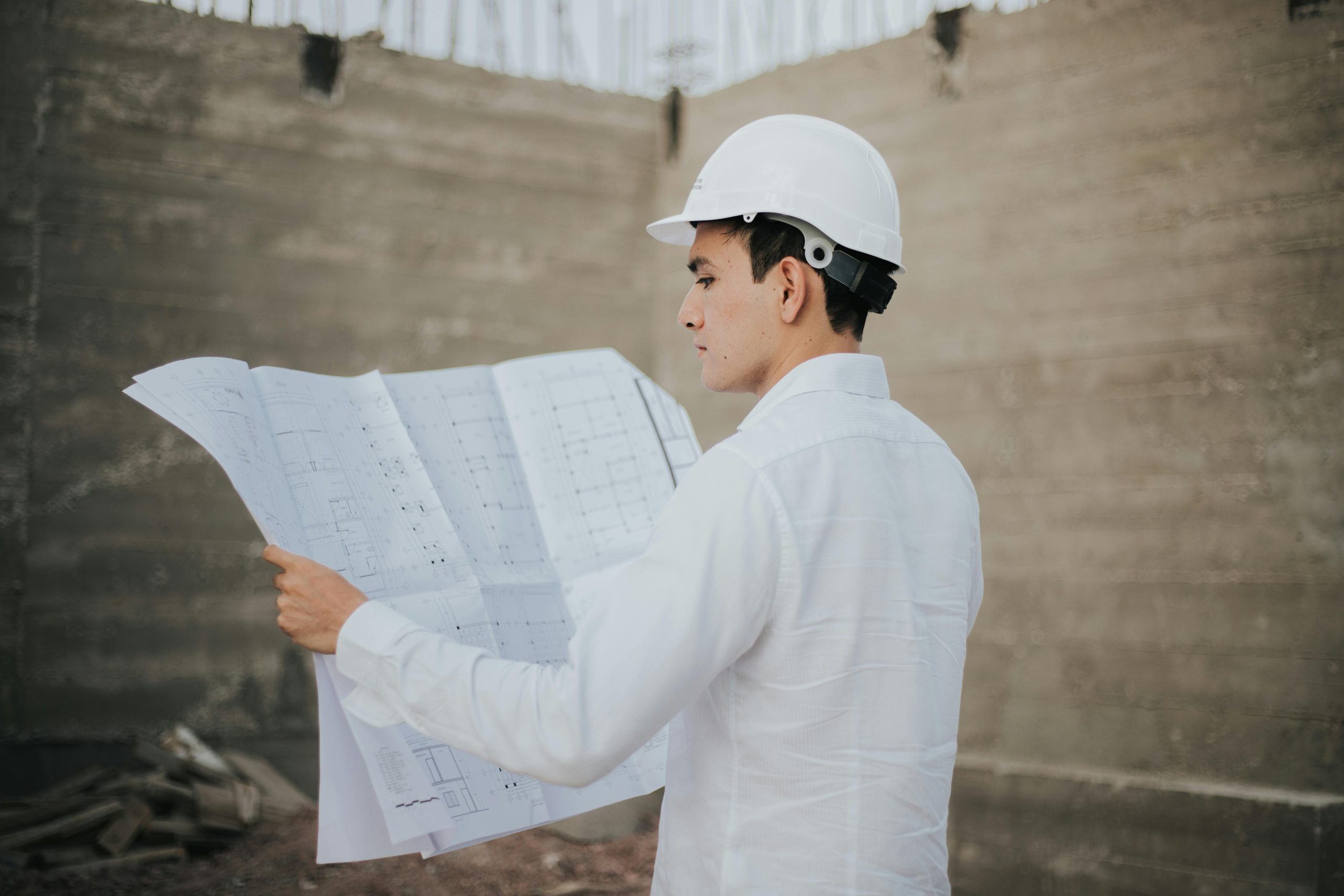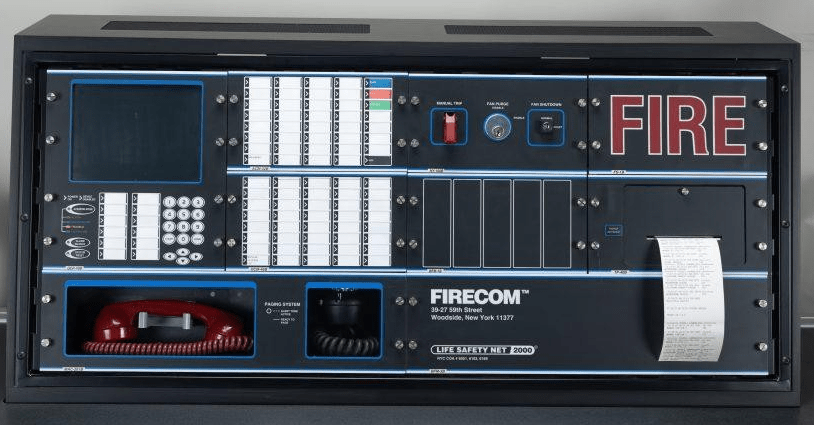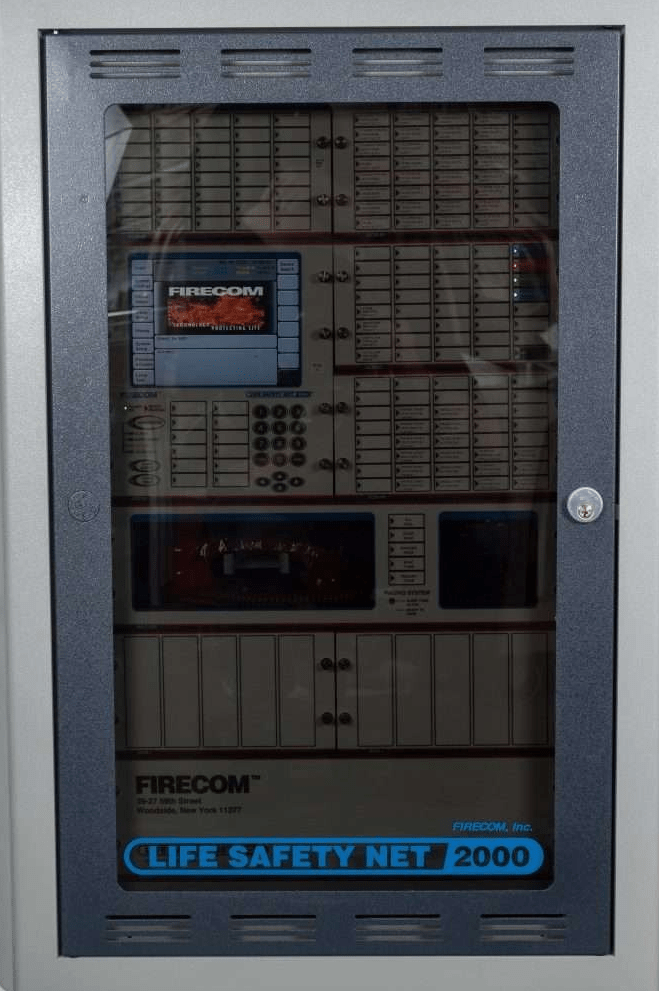
Edwards EST3 Fire Alarm Panels Support Limits
In the fast-paced world of technology, change is inevitable. As new advancements emerge, older systems must make way for progress. This reality is no exception for the Edwards EST3, an industry leading life safety system, which entered the market in 1996. Throughout that time, the EST3 has been regarded as one of the most advanced life safety systems available. This article aims to shed light on recent EST3 related announcements and offer guidance on navigating system upgrades.
EST3 Sunset Announcement
Edwards announced in early 2023 that new orders for the EST3 fire alarm panel were to be halted on December 31, 2023. Edwards has also announced that they will continue to provide parts and support to the extent possible. Edwards introduced the EST4 platform in 2019 as the intended replacement for the EST3. The EST4 is fully backward compatible and is based on the newest, most advanced technology available.
The intent of this announcement was to address any concerns and provide users with the necessary information to plan for the future.
Without these announcements, unexpected disruptions could arise, leading to unforeseen consequences and potential vulnerabilities.
By providing advance notice of a product’s end of new sales, technology providers give users the opportunity to plan accordingly for system upgrades. This proactive approach helps minimize the impact on users and ensures a smooth transition to their next generation system – EST4.
Implications for Building Owners
The primary issue driving the announcement is the availability of older-generation electronic components. Given this, the availability of spare parts may become limited in the future. This can pose significant challenges for users who need to replace faulty components or expand their systems. In some cases, users may be forced to rely on third-party vendors or alternative solutions for life safety protection.. For this reason, it is important for building owners to consider upgrading their system to EST4. Planning ahead allows system owners to migrate to the latest technology, while reducing their risk.
Strategies for Transitioning to EST4
Upgrading a life safety system requires careful planning and consideration. Fortunately, the EST4 was designed to be fully backwards compatible with EST3. Upgrading to EST4 is the best way for building owners to protect their investment in their EST3 system, while upgrading the latest technology in life safety.
Making the Switch: Key Considerations
Transitioning from the EST3 to a new system requires careful consideration of various factors, including the cost of implementation, training requirements, user familiarity, and the potential impact on the existing infrastructure. Taking these key considerations into account will ensure a seamless transition and mitigate potential disruptions to critical life safety systems.
Implementing a new fire alarm system involves costs beyond the initial purchase. Installation, configuration, and testing are all important aspects that should be factored into the decision-making process. Training requirements should also be considered, as users will need to familiarize themselves with the new system’s operation and maintenance.
The Evolving Tech Landscape
While the sunset for the EST3 has been announced, its legacy and proven track record cannot be overlooked. As users transition to the EST4, they can rest assured of its reliability and impact on their life safety system investment. EST systems have been widely adopted across many sectors, including commercial buildings, healthcare facilities, and educational institutions. Their robust but flexible design, comprehensive features, and ease of use make them the trusted choice to ensure the safety of building occupants now and in the future.


